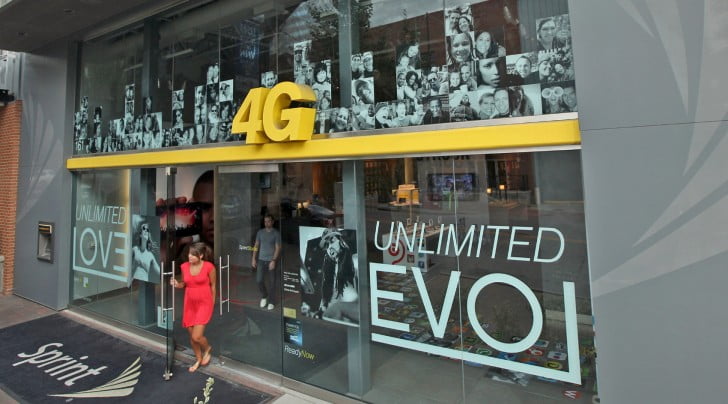The American wireless industry has been phasing out the traditional 2 year contract in light of phones coming out more frequently and customers becoming disgruntled at being stuck with a 1-2 year old phone until next year.
Sprint hasn’t been doing particularly well in the past few years and continues to lose customers to other carriers. Since then they’ve been downsizing and cutting costs anywhere they could, they even removed Sprint’s own in-house repair centers from several stores in the beginning of the month. Sprint also gave store employees more cleaning duties to cut store maintenance costs.
The other 3 major carriers have already gotten rid of new 2 year contracts (unless you have a grandfathered 2 year agreement, you’d still have the option of renewing), so why did Sprint decide to bring back the 2 year contract?

Perhaps Sprint is in desperate need of customers that it needs to sell service to every customer it possibly can. The older generation of customers might still be oriented with a 2 year contract. Here’s what I mean:
The customer is attracted to the idea of slapping down one or two-hundred dollars and walking home with a brand new phone that he or she now owns (with the only caveat being that they were obligated to fulfill this contract for 24 months).
The thing is, a 2 year contract for 1GB of data is $65.00 plus taxes and regulatory fees while a 24 month finance plan with the same amount of data is $64.34, plus taxes and fees (a difference of just 66 cents). The advantage of one over the other is one keeps you stuck with a phone while the other allows you to switch phones after 12 monthly payments.

Maybe this group of customers is scared off when finding out their financed phone will cost six to seven-hundred dollars (total amount paid after 24 months) and are too stubborn to understand how a lease or financing program will benefit them, or let them switch phones more often, than a 2 year commitment.
Maybe I’m totally off. Maybe it’s a stubborn executive that wants to bring back the 2 year contract.
For the American wireless industry and competition’s sake, let’s hope Sprint can turn it around and take it back to the good ol’ days of 2010-2011 when Sprint launched the first 4G WiMax network in the world and thrived with phones like the Samsung Moment and the HTC EVO 4Gwas Sprint’s thriving star.
[Source:- Gsmarena]










